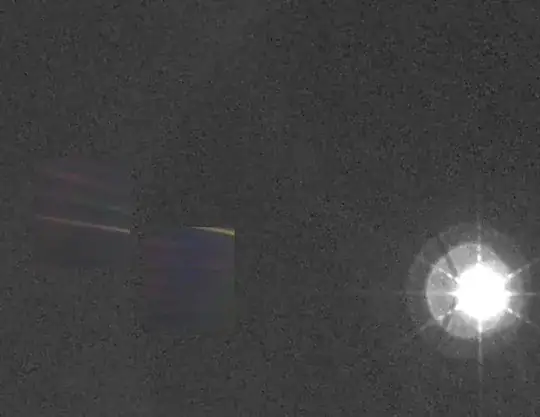Is the pale blue dot Earth in the image taken by Voyager? What I'm wondering is, why is there no other thing visible in the frame(like sun, other planets etc.,). How is the camera able to capture only Earth ?

Is the pale blue dot Earth in the image taken by Voyager? What I'm wondering is, why is there no other thing visible in the frame(like sun, other planets etc.,). How is the camera able to capture only Earth ?

Well, the answer is that:
Space is big. You just won't believe how vastly, hugely, mind-bogglingly big it is. I mean, you may think it's a long way down the road to the chemist's, but that's just peanuts to space.
-Douglas Adams, Hitchiker's Guide to the Galaxy
Nothing else is visible in the frame simply because the angle of the image is too narrow to encompass other major objects in our solar system. The Earth is incredibly tiny compared to the Sun, to the point where even if you zoom out far enough that it's a pale blue dot, you still can't see the sun in the same image. However, if you zoom out even more, you'll get something like this:

This is a wider-angle image taken at about the same time, with the narrow-angle images of the Earth and Venus scaled and superimposed on it. The Pale Blue Dot image is all the way on the left (and rotated 90° relative to the usual presentation), with Venus in the middle and the Sun at the right.
Basically, every orrery-style representation you have ever seen that contains both a visible Earth and the entire Sun had the ratios blatantly wrong - the size of the Earth is absolutely miniscule relative to the size of the Sun, and the distance between the Earth and the Sun is absolutely gigantic.